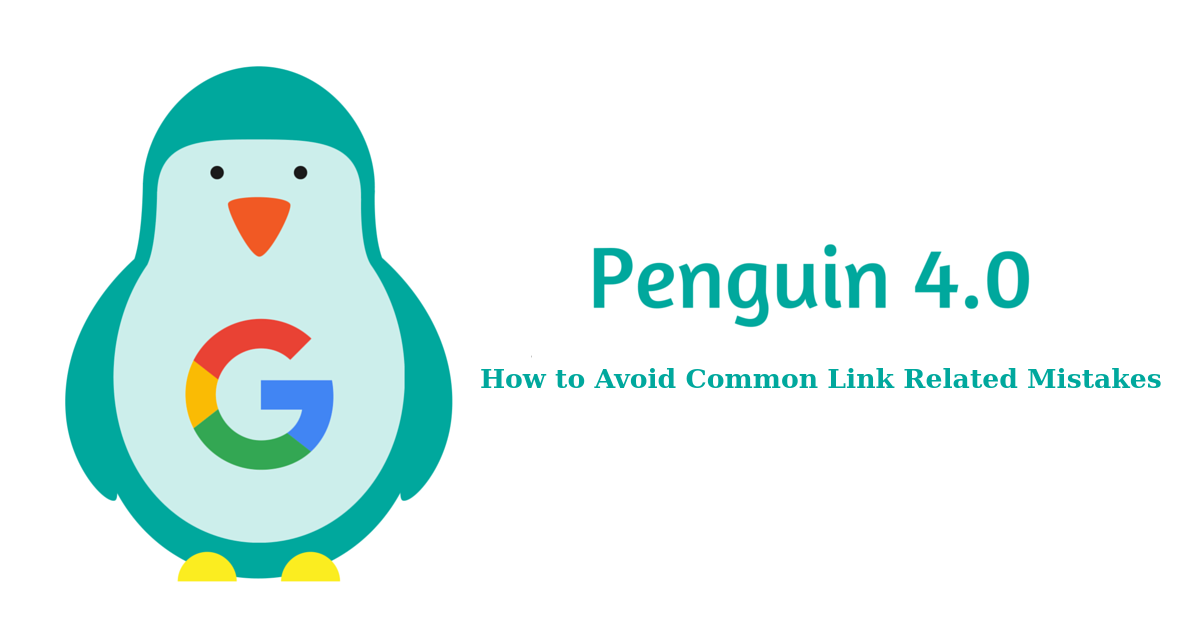The SEO industry is bracing itself for the impact of the release of a major new update, and this means webmasters are more wary of the possible areas in their sites that might attract a penalty. All those webmasters that suffered under the last penguin update, which came in December 2014, now have the chance to recover. Also, indications are that the next update will be real time and automatic meaning that even after a penalty, one will still have the chance to recover almost immediately if they can solve the problem. This still does not take away from the fact that preparation is necessary and important. To remain penalty free in 2016, look at the following hot spots;

Anchor text: The distribution of anchor text has been spoken about for many months, but still remains important. External links should be varied, and not all should contain the exact matching anchor text. Look for variations like long tail and non-descriptive keywords, or variation by brand in the URL. There is no best ratio of variation. However, branded anchor text attracts more people, and that should perhaps be the most abundant.
Sudden spikes: Link analysis at the highest level must look out for sudden spikes in activity. Most of the time, link activity is depicted in graphs, so it might be difficult to know exactly what is going on. Still, line graphs give an accurate image of the traffic, thus making potentially problematic situations obvious.
Disavowing links: When one is in trouble with links, one of the options available to them is the process of disavowing. It is a useful tool, essentially absolving oneself of blame in the eyes of the search engine to get one’s assets back. Still, it is no substitute for the manual removal of links. It is not a bad idea per se, but before resorting to it, ensure at least to explore the possibility of manually solving the problem.
Link optimization: Penguin gives external links the most attention, and rightfully so. Still, internal links have a place in the process, and their effects should never be ignored. Their effect is small but significant nonetheless. The most important part is that one has control over these links, and with that control they can dictate to the search engine what to consider important and what relationships are just circumstantial. Still do not over-optimize them while at it. Keep the following tips in mind;
- Vary exact match keywords, anchor text and non-descriptive text
- Link pages that are related together
- Maintain a hierarchy
- Match canonicals to consumer facing links and XML sitemaps
Use tools: All this can be done manually, but on a large scale, sometimes it might be necessary to call in the experts. There are online tools and software that can help the webmaster like;
- Tools that perform link research
- Ahrefs
- Broken link checking tools
- Crawlers
Bio: Stephanie Clarke is a seasoned writer, and Dental SEO expert. She runs a popular SEO blog and internet marketing company, and has managed successful internet marketing campaigns of the biggest industry players.

